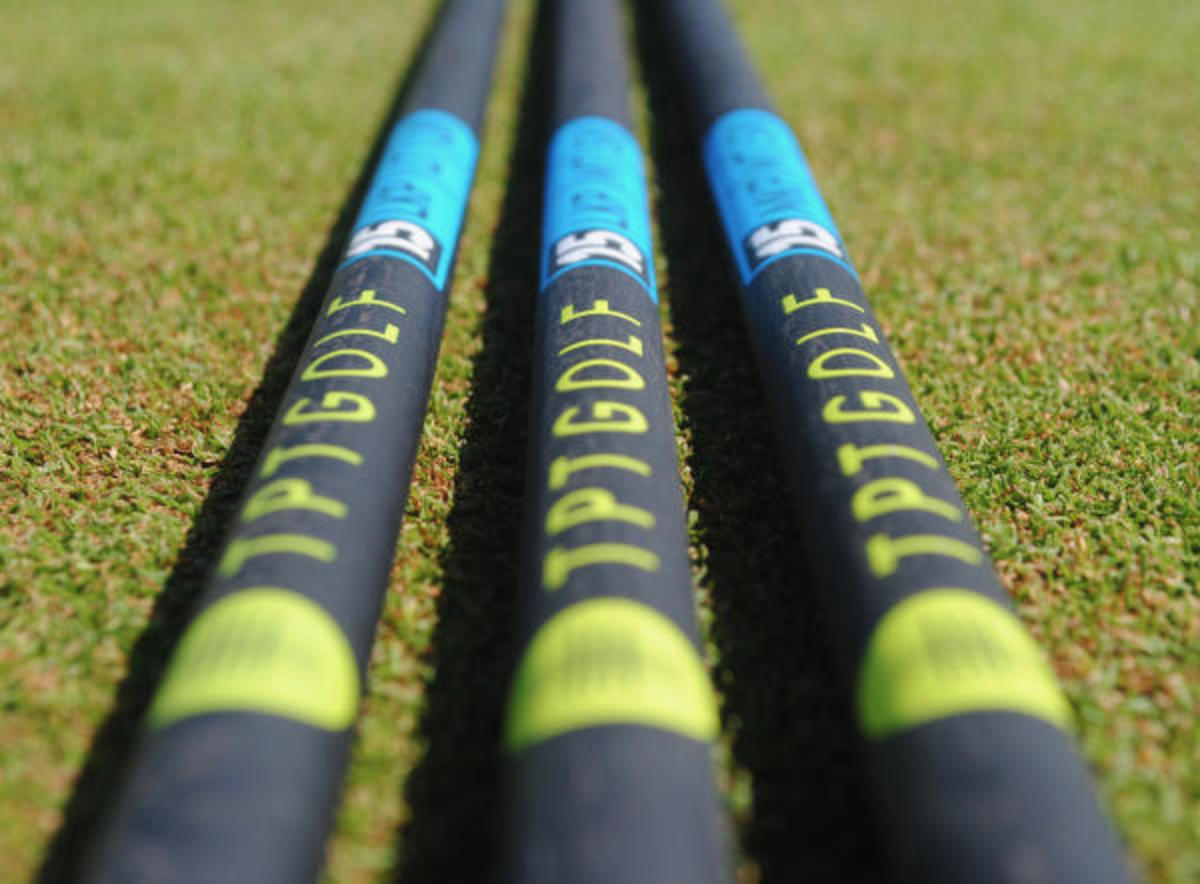
Technology sets TPT Golf shaft apart
North Thin Ply Technology, a Swiss-based composites firm, has developed cutting edge materials for the Americas Cup, Formula 1 Racing, high-end cases for luxury watchmaker Richard Mille and even played a crucial role in the first round-the-world, solar-powered flight in 2011.
That’s some resume.
So entering the golf business may have seemed like a stretch. Except it wasn’t.
Four years ago TPT Golf, a division within the company, was borne out of a desire to get into the $2.6 billion equipment industry at the behest of the ubiquitous David Leadbetter, a leading golf bio mechanist and respected club fitter.
“At first, we thought it would be as a wholesaler of higher-quality golf shaft materials,” said Sebastian Sebayang, TPT Golf Director. “When we were told our materials were too expensive, we took a deeper look into the space. We realized that we had an opportunity to create the future of golf shafts.”
That future relies on Thin-Ply Technology and the Thin-Ply Winding process. Of the former, the technology is the process TPT Golf uses to create its thin and precise carbon fiber prepreg material. It’s because of that the company was founded.
According to Sebayang, the company manufactures prepreg that is as light as 15 grams per square meter. To put it into context, that’s four times thinner than a human hair or a quarter of the weight of a page of paper.
By comparison, the TPT Golf shafts have 2 1/2 times more layers than other shafts.Through testing, the shafts are more consistent and won’t wear out as quickly.
“With the material and technology, we are vertically integrated,” said TPT Golf Technical Director Jeff Meyer, who has designed golf shafts for more than 30 years.
Of equal interest is the Thin-Ply Winding Method. It is a patent-pending process that allows TPT Golf to position its prepreg in exact locations and orientations necessary on the club to create optimal performance. In other words, a calibrated machine ensures the creation of identical shafts time after time – tomorrow or three years from now.
Hand rolling in the manufacturing process lends itself to greater error, or inconsistency in shaft performance.
“It is a homogeneous process,” said Meyer.
What could be considered a TPT Golf mission statement, a golfer using the shafts will experience greater consistency and will find the “sweet spot” more often on each club.
Perhaps more important, the automated golf shaft manufacturing method has allowed the company to overcome the inconsistencies of conventional graphite shafts that have limited golfers for decades.
There are 11 shaft models and all sell for $499 in the U.S. Even though they are offered globally, price fluctuates elsewhere.
What’s more, the shafts can’t be purchased online. Golfers must go to an authorized TPT Golf shaft fitter. Don’t be alarmed if, after a fitting, a particular model doesn’t feel right. Most golfers find that the best TPT Golf shaft for their game is a different model than they anticipated, said Sebayang.
“With a healthy model profile, we can properly fit most golfers out there,” Meyer added.
THE ESSENTIALS
TPT Golf
Phone: +41 (0)21 811 08 88
Website: www.tptgolf.com
Facebook:@TPTGolf
Instagram:@tptgolf
Twitter:@tptgolf
Ken Klavon was the online editor and a senior writer at the U.S. Golf Association for 12 years. He has covered golf for 22 years.
Email:ken_klavon@yahoo.com
Twitter:@Ken_Klavon